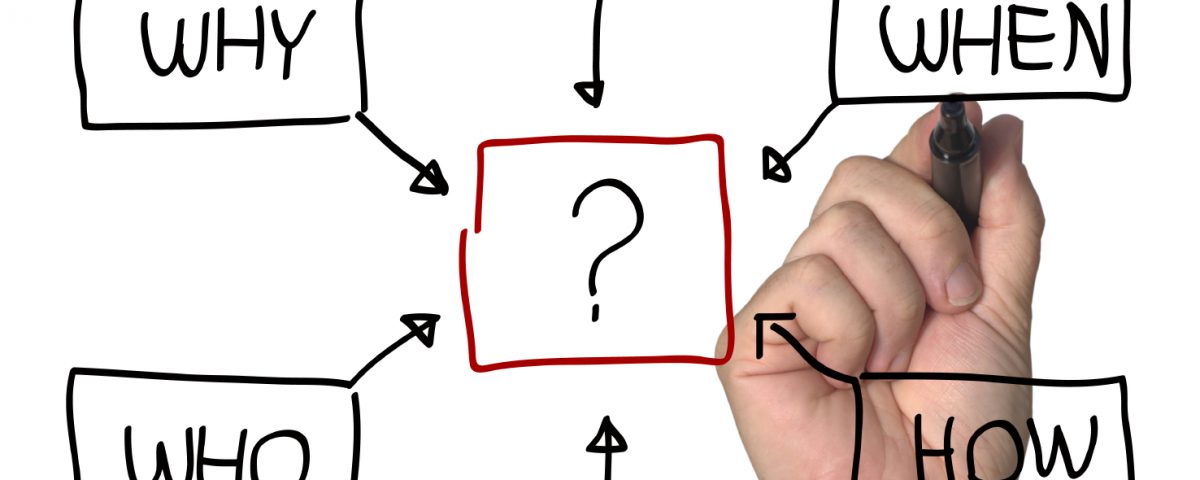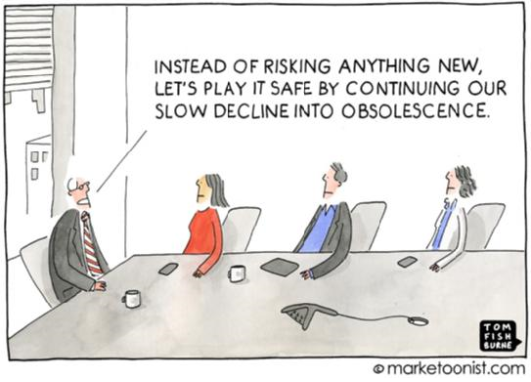Business Continuity Planning Concepts

Data analytics and Data Mining : Concepts
September 6, 2016
Seminar Engginer’s Association Vapi
September 27, 2019Business Continuity Planning v/s Disaster Recovery
Nowadays IT is the backbone of most industries; irrespective of the size, nature and type of the organisation. Business continuity from the IT perspective is a very serious yet most neglected issue in the Small & medium enterprises. Very few managements are prepared to invest in the devices & systems required for Business Continuity till the time disaster strikes. Unfortunately many a times it is too late and the organisation has to bear irreversible losses.
DR : Disaster Recovery
-
Aim : To ensure that the effect of the disaster is minimized
BCP : Business continuity Planning
-
Aim : To ensure that your business is not down while your tech staff is trying its best to recover the data & restore the primary site
- DR is just one step of BCP.
-
The other component could be the provision of redundant systems to be activated during the time the primary site is down
Types of disasters
- Natural disasters : Preventing a natural disaster is very difficult, but it is possible to take precautions to avoid losses. Eg. flood, fire, earthquake, hurricane, etc.
- Man made disasters : These disasters are major reasons for failure. Human error and intervention may be intentional or unintentional which can cause massive failures such as loss of communication and utility. Eg : accidents, walkouts, sabotage, burglary, virus, intrusion, etc.
DR Statistics Statistics of companies (Internationally) that had a major loss of business data :
- only 6% will survive long-term.
- 43% never reopen
- 51% close within two years
This results in a majority of failed businesses.
DR Parameters : The cost of the disaster recovery system depends on the foll 2 major parameters :
- Recovery time objective (RTO):within which the data & the systems have to be recovered
- Recovery point objective (RPO):point upto which the recovery will be possible.
DR Parameters for Business Processes
- These parameters could be different for the various business processes such as your ERP, Payroll system, etc.
- The metrics specified for the business processes must then be mapped to the underlying IT infrastructure that support those processes.
- While most business unit heads would like zero data loss and zero time loss, the cost associated with that level of protection may make the desired high availability solutions impractical
Typical DR parameters
- Recovery Point objectives :
- ERP system : 1 Hrs
- HR system : 4 Hrs
- File Server : 4 Hrs
- Mail Server : 4 Hrs
- Document Management System : 2 Hrs
- Office Communicator : 8 Hrs
DR Components & considerations :
- Primary Site:
- The main infrastructure on which the day to day data is stored on line.
- This site should have the fastest connectivity with the maximum number of users
- Should have stable power connections with provision for backup
- DR Site:
- The site where the data is backed up or replicated from the primary site.
- It should be as far away from the primary site to prevent any natural disasters from striking both the sites simultaneously
Criteria for setting up DR Site :
● Your BCP has to take into account the maximum duration for which your business can afford to be down (or be without the data) without getting into serious trouble. ● A simple rule of the thumb is that the amount of money that you will invest into DR is that amount that you can Criteria for setting up DR Site
● Your BCP has to take into account the maximum duration for which your business can afford to be down (or be without the data) without getting into serious trouble. ● A simple rule of the thumb is that the amount of money that you will invest into DR is that amount that you can afford to lose in case disaster strikes




